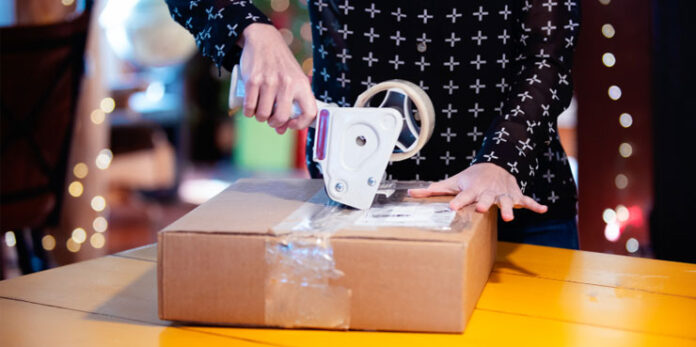Returns have always been a pain point for retailers. Not only do they eat away at your bottom line, but they can also be a hassle to process and reshelf.
According to research from Capital One, the average retail return rate is 16.6% for e-commerce and 16.4% for in-store purchases. In 2022, consumers returned $212 billion in merchandise from online sales and $603 billion from in-store sales. That’s a lot of money.
Returns Can Quickly Spiral Out of Control
“Returns are a big problem for everybody,” Ryan Kelly, Vice President of E-Commerce and Digital Marketing at FedEx, says. “If you think about the nature of returns, many retailers are excited about growing their brand, sales and revenue, which is where they focus most of their time. Returns are often an afterthought.”
Because retailers typically put most of their efforts elsewhere, they end up just muscling through returns and it quickly gets out of control. Between refunding the money, getting the returned item back to the retailer and all of the processing involved in order to resell the item, the costs that go into returns can also quickly turn a business upside down.
Taking the Hassle Out of Returns
According to a recent report from goTRG, 75% of retailers have invested in enhancing their returns process to offset increasing returns costs. To help retailers streamline their returns process and provide a more seamless returns solution for consumers, FedEx has expanded its Consolidated Returns solution.
“Returns can be costly, so we built this solution, which basically helps lower the operating costs of getting the return back,” Kelly explains. “So when a customer walks into a FedEx office, all they have to do is pull up a QR code, hand over the product and then we give them a returned receipt.”
FedEx’s Consolidated Returns solution has been around since 2017, according to Kelly. Originally designed for larger retailers, the company scaled this solution down in late 2022 to allow smaller retailers to benefit, as well.

How Does Consolidated Returns Work?
This solution allows shoppers who purchased from participating merchants to drop off their returns, without a box or shipping label, to 2,000 FedEx Office locations nationwide. All they need is a QR code for FedEx to scan and they can be on their way.
“It’s a very simple transaction,” says Kelly. “We take that return, put it in a box or poly bag, consolidate all of the returns coming into that store from multiple different retailers, and then send it back to our return center. From there, we open up the shipment, organize all of the returns and then ship them back to each retailer.”
Consolidated Returns helps to reduce carbon emissions compared to single prepackaged/prelabeled returns as return items are consolidated into one box before being shipped to the returns center. It also helps to lower the total cost of returns since the transaction is done as one piece, according to Kelly.
Customers Want it Easy
When return policies are restrictive, complicated or impose high costs on shoppers, it can deter as many as 10% of them from finalizing their purchases, as ChargeBacks911 found in their research. This means that if you don’t have an easy returns process, your cart abandonment will likely increase.
FedEx’s Consolidated Returns solution helps with this because not only do customers not need a printer to print out a return label, they also don’t need to go out of the way to find a box or poly bag to ship the product back. FedEx handles all of that.
“We tried to think of an easy way to reduce waste, so the QR codes just made sense, along with getting rid of needing the box or bag” Kelly explains. “As we’re able to continue to grow, scale and refine this solution, we can continuously take costs out, which allows us to pass those savings on to our customers.”




